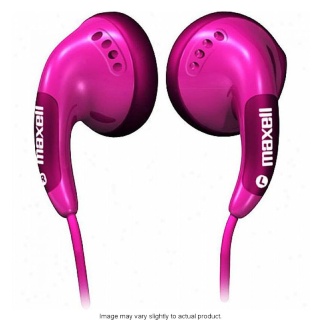
Audio storytelling is nothing new. I remember as a child sitting by the radio with my cousin and aunt at a specific time each evening to tune in and to hear a new episode of Los Tres Villalobos, an adventure series that was the most popular during the 1950s in Cuba. It was the story of three brothers out to save the world from the injustices committed against Cuban campesinos—peasants—during the neo colonial era.
We would stop whatever we were doing around 7 p.m. and would sit by the radio. What I remember the most were the sounds of horses coming and going. I learned later that the sound of the horses' trotting was made by a “special effects man” who would bring two coconut halves into contact with a box of dirt.
The episodes of Los Tres Villalobos could transport us through various locations, all in our imagination. There is little difference between the old Cuban radio serial with its nightly episodes and today's audio podcasts. They both begin with a good story that captures our attention. Then we let our imaginations do the rest.
This week, as my students in the Multiplatform Design & Storytelling class at Columbia University’s School of Journalism, work diligently on their final projects, I have been reminding them of the importance of audio.
While video gets the most promotion (as it should, since the audience truly likes video storytelling), it is also important to utilize video to enhance stories and to bring another genre into the multimedia mix.
The Atlantic piece reminds us of the popularity of audio storytelling, and how technology today, especially through smartphones, allows us to consume shows on demand anywhere. I believe that audio storytelling should be particularly popular with milennials, but also with older segments of the population for whom reading type either on a page or a screen may be more difficult.
I hope the students in my class will be receptive to the power of audio and will include it as part of their multimedia final project. I like the sounds of that.